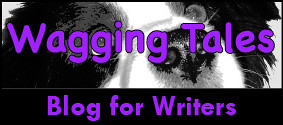There are stories where you start in the middle of things and keep
going. In the case of thrillers and books that are part of a series the reader
doesn’t really need an explanation of what’s going on, they’ll work it out on
the fly.
In most cases, though, readers prefer to get an idea of characters and
setting before things really take off. The inciting incident that propels the
main character into adventure may not occur for several chapters.
When you’re trying to establish the world so the reader has an idea of
who they’re going to be following for the next few hundred pages the approach is
often to show ordinary life, important relationships, interests and activities.
And this can be quite dull.









































































































